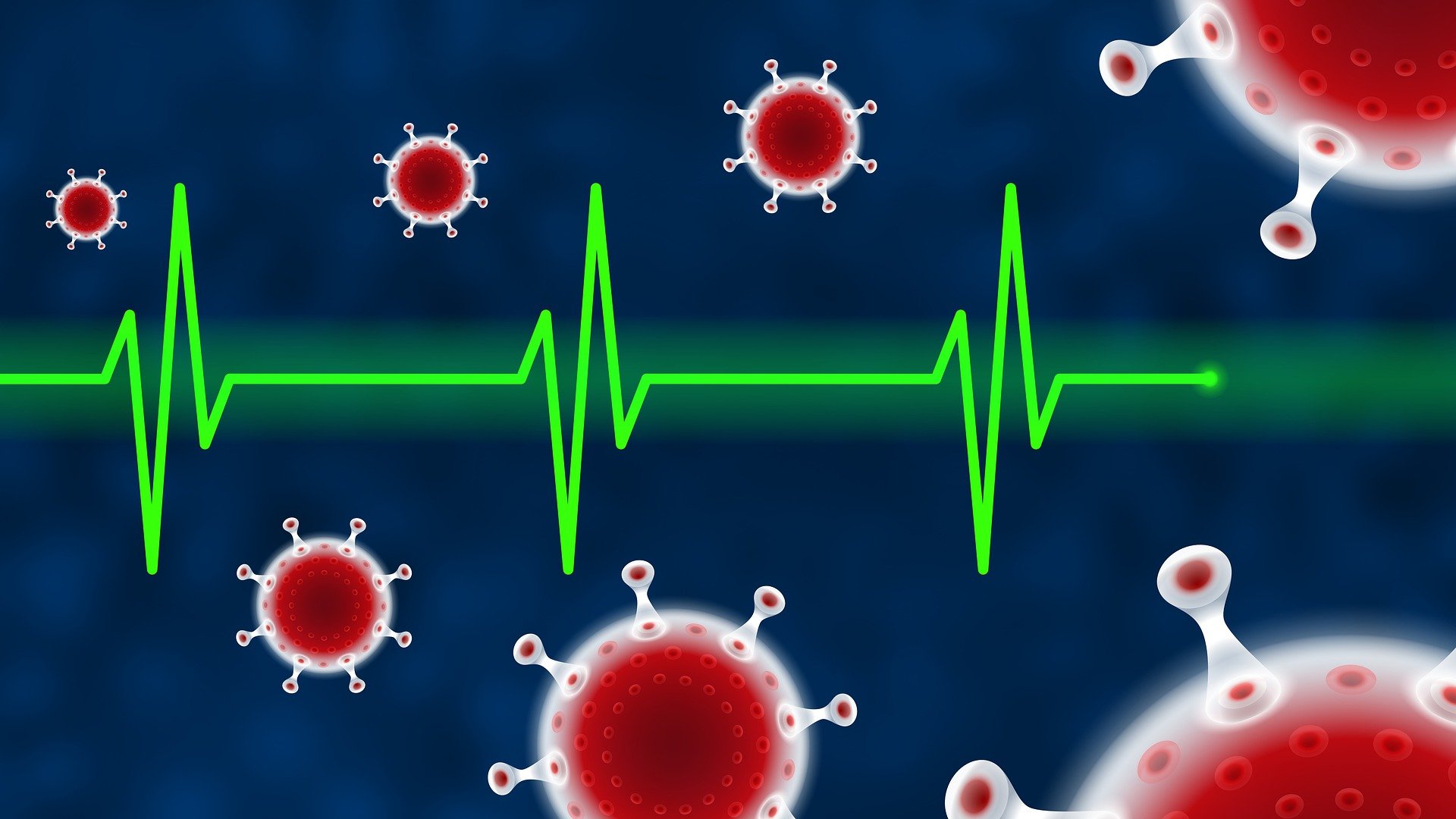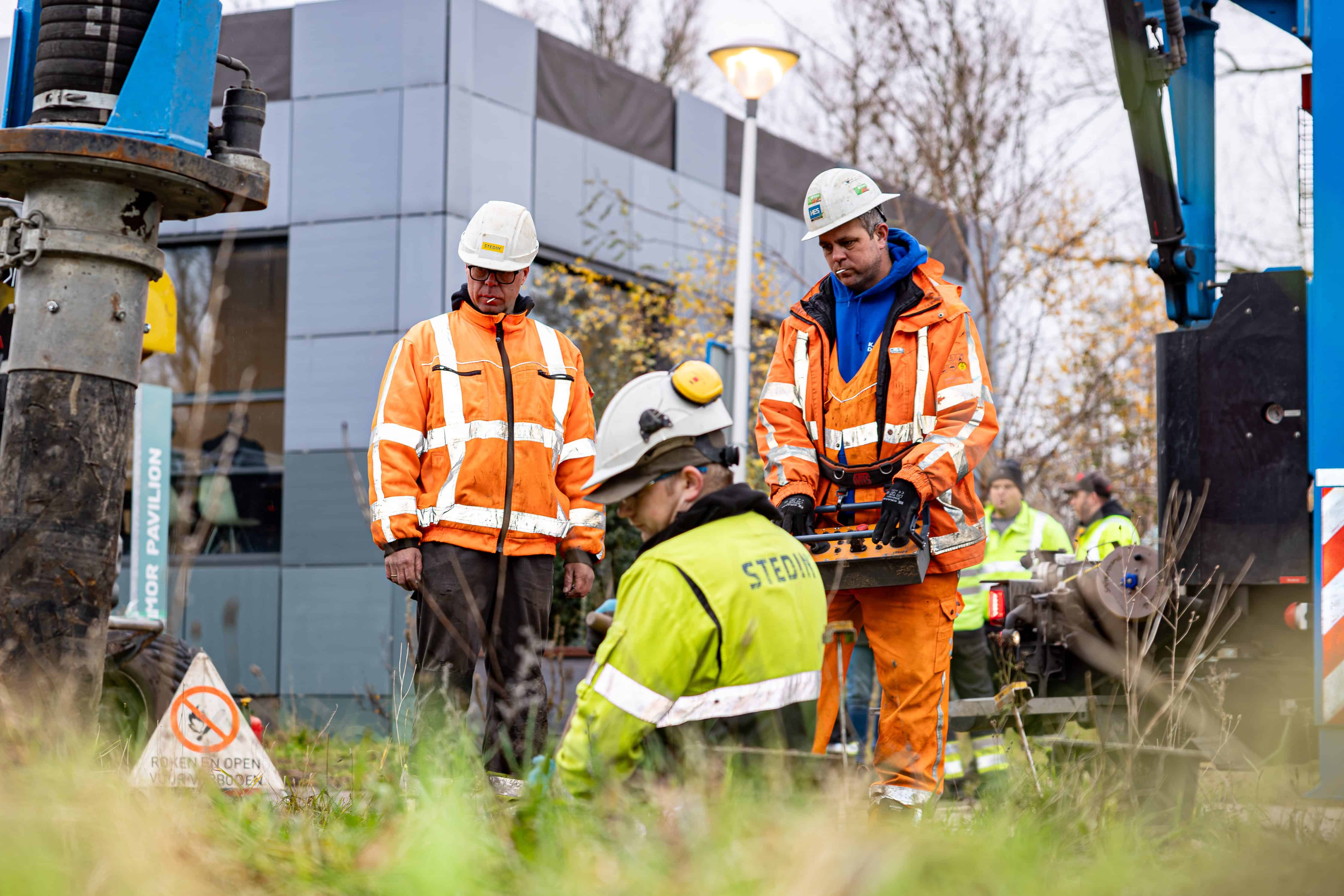
Two brothers from the Dutch village of Beek en Donk were 29 and 31 years old when Corona hit them hard. At the first peek of the pandemic in the Netherlands, they were proof that COVID-19 did not only affect the elderly. The brothers ended up in intensive care, where they were kept in an artificial coma. The eldest eventually managed to survive, the youngest did not.
The distressing events were the beginning of a search by doctors and geneticists of the Nijmegen Radboudumc for genetic factors in a human’s defence. Their research makes it clear that TLR7 – Toll-like receptor 7 – plays an essential role in the disease process. A finding with potentially major consequences, with which Radboudumc came out yesterday in a publication in JAMA. There is good hope that this might even result in a treatment for new Corona patients.
In the wave of COVID-19 patients that engulfed Dutch hospitals in the first half of 2020, an attentive physician from the clinical genetics department of the Maastricht MUMC+ found something remarkable, which would be the start of important scientific research at the Radboudumc. Two young brothers within the same family who became seriously ill because of the SARS-CoV-2 virus and had to go to the ICU for ventilation. One of them died from the consequences of the infection, the other recovered. Remarkable, because it was mainly elderly people who were affected by the virus and in this case two brothers under the age of 35 from the same family.
Genetic factors
“In such a case you immediately wonder whether there are also genetic factors involved,” says geneticist Alexander Hoischen. “Getting sick from an infection is always a combination between – in this case – the virus and man’s defence. The fact that two brothers from the same family become so seriously ill may, of course, be a coincidence. But it is also possible that a congenital abnormality in their defence played an important role. We started investigating the latter with our multidisciplinary team in the Radboudumc.”
One X-chromosome
From both brothers, all genes with a function (the exome) were mapped. Subsequently, a possible cause is searched for. Cas van der Made, a Ph.D. student at the Department of Internal Medicine: “In doing so, we mainly looked at genes that play a role in the immune system. We know that many of these important genes are located on the X chromosome. Women have two X chromosomes; men have a Y chromosome in addition to the X-. So men only have one copy of the genes on the X chromosome. If something is wrong with that, there is no second gene that can take over that role, as there is in women”.
“So it looks like the virus can just go ahead because the immune system doesn’t get a message that the virus has gotten in.”
Alexander Hoischen
During that research, the gene encoding for the Toll-like receptor 7, or TLR7 for short, soon came into the picture. There are several TLR genes, but they all have in common that they play an important role in recognizing pathogens and activating the innate immune system. Hoischen: “A few letters were missing from the genetic code of that TLR7. As a result, the code could not be read properly and hardly any TLR7 was made. Until now, the function of TLR7 has never been associated with a congenital immune disorder. But suddenly, we now see that TLR7 is apparently essential to identify this coronavirus. It seems as if the virus can follow its course because the immune system does not receive any message that the virus has entered. Because TLR7, which is supposed to identify the intruder and then activate the immune system, is hardly present at all. That could be the reason for the serious course of the disease.”
Extra confirmation
Quite unexpectedly, the doctors and researchers in the Radboudumc again had to deal with two seriously ill brothers with COVID-19. The two were even younger: 21 and 23 years old. Both also had to go to the ICU for ventilation. “Then the question of the role of the genes is even more obvious,” says Hoischen. “We carried out the same research with these two brothers, again using the unique ‘rapid-exome’ diagnostic route. This time we saw no deletion, no loss of letters, but only a single writing error in the TRL7 gene. The effect is the same because these brothers also do not make TLR7 sufficiently effective either. Suddenly we had four young people with a defect in the same gene who had all become seriously ill because of the SARS-CoV-2 virus.”
Essential role in the defense
Van der Made and his colleagues have figured out how the mechanism works. “Once activated, TLR7 ensures the production of so-called interferons, signal proteins that are essential in the defense against viral infections”, says van der Made. “This immune response is perhaps all the more important in the fight against the SARS-CoV-2 virus because we know from the literature that this virus has tricks to reduce the production of interferons by immune cells. When mimicking an infection with the coronavirus, we see that the immune cells of the patients without a properly functioning TLR7 hardly react and that hardly any extra interferons are produced. These tests show that the virus seems to have free rein in people without a properly functioning TLR7 because it is not recognized.”
Consequences for the treatment
“Due to the serious illness with two brothers in two families, from which one of the young men died, we have come on the trail of this condition,” says Hoischen. “It appears to be a very specific abnormality, an immune deficiency, mainly related to this coronavirus. None of the four men had previously suffered from the defense or immunity. It’s the first time that we’ve been able to connect a clinical picture so strongly to this TLR7.”
“This discovery not only gives us more insight into the fundamental functioning of the immune system but may also have important consequences for the treatment of seriously ill COVID-19 patients”, says immunologist Frank van de Veerdonk. “The substance interferon can be given as therapy. It is currently being investigated whether giving interferon to COVID-19 can indeed help.”








